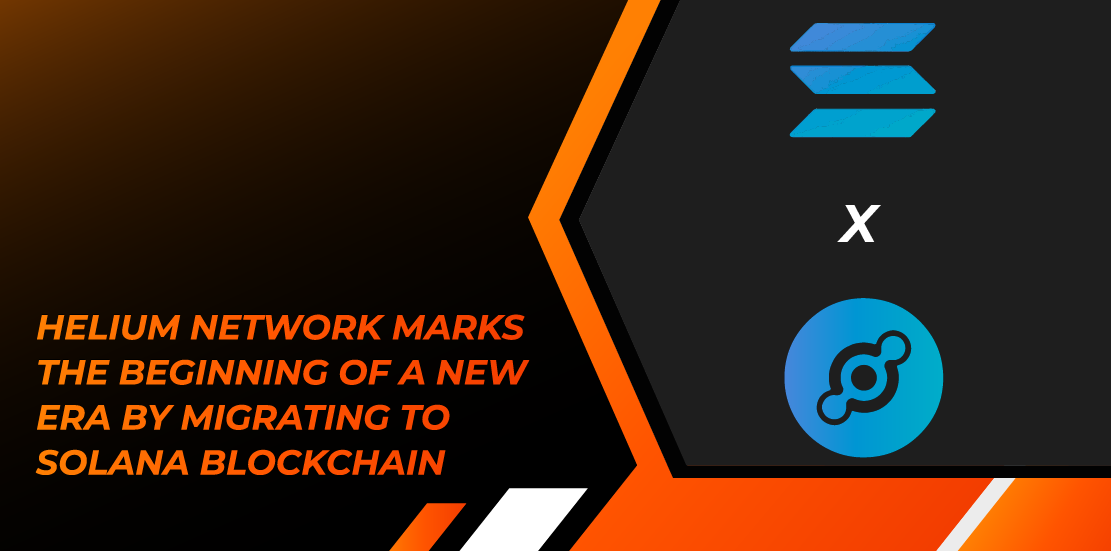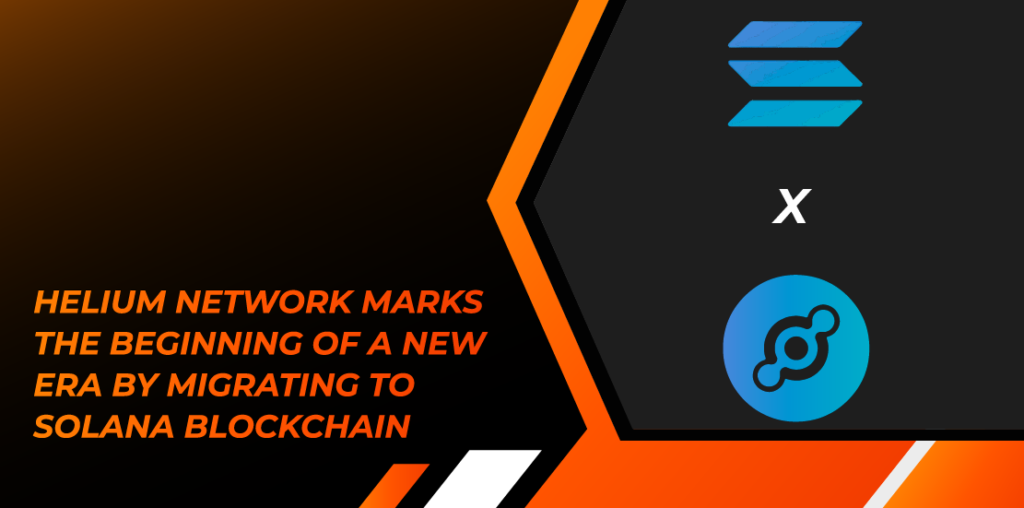- April 24, 2023
- Posted by: [email protected]
- Category:


The world of decentralized wireless networks is evolving, and Helium Network is leading the race. After meticulous planning and development, Helium has finally migrated to the Solana blockchain, marking a major milestone in the company’s history. This upgrade will undoubtedly fuel Helium’s expansion and growth, as this move positions Helium as pushing the boundaries of what’s possible and paving the way for a new era of innovation in IoT communication.
From its inception, the Helium Network has been on a mission to create a secure, open-source, and accessible wireless network for the world. With its own blockchain, the network has incentivized the growth and usage of a community-built wireless network, making Helium the largest LoRaWAN network in the world, with nearly one million hotspots deployed since launch.
However, to continue scaling and expanding, the Helium community recognized the need for a new architecture as the network’s proof of coverage and reliable data transfer activity were becoming increasingly challenging to handle. This is what prompted the proposal to upgrade the network by migrating to the Solana blockchain, a move that would not only address these challenges but also set up Helium for long-term success.
The Helium Network is taking its capabilities to the next level with the integration of smart contract functionality. By adding this feature, the network can unleash its massive potential and provide more programmatic features and tools. The Solana blockchain is the perfect partner for this integration, providing advanced smart contract capabilities that offer more utility for the network, including lightning-fast transaction speeds.
As Helium continues to push the boundaries of what’s possible, we can expect to see even more exciting developments and innovations in the near future. With the new capabilities of dynamic markets, rewards can now be allocated based on regional demand, creating a more efficient and effective system for all users. The potential of this integration is enormous, and it’s just a matter of time before we see even more groundbreaking advancements in the world of decentralized wireless networks.



